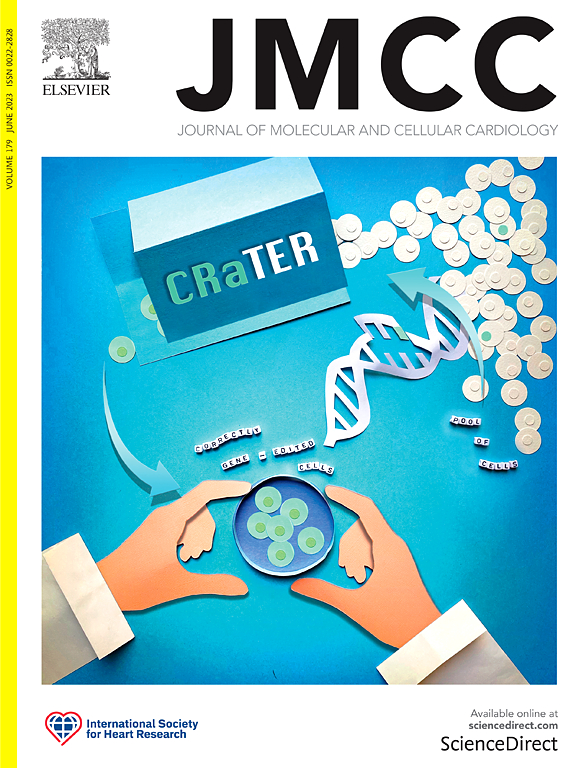Activation of FoxO1 prevents and reverses cardiac hypertrophy from diverse stimuli
IF 4.7
2区 医学
Q1 CARDIAC & CARDIOVASCULAR SYSTEMS
引用次数: 0
Abstract
The heart is a dynamic organ capable of structural and functional remodeling in the wake of changing mechanical and/or circulating cues. While the molecular underpinnings of cardiac hypertrophy are well-defined, the mechanisms of hypertrophy regression following stimulus removal are relatively less understood. Here, we demonstrate that activation of forkhead box proteins (FoxOs), and increased expression of their autophagy gene targets, are common features of hypertrophy regression after both exercise and pregnancy in mice. Additionally, we show FoxO1 activation is sufficient to prevent and reverse adrenergic agonist-dependent pathological hypertrophy. Our findings highlight the central role of FoxO1 in regulating cardiac mass.

FoxO1的激活可以防止和逆转各种刺激引起的心脏肥厚
心脏是一个动态的器官,能够在改变机械和/或循环信号后进行结构和功能重塑。虽然心肌肥厚的分子基础是明确的,但刺激去除后肥厚消退的机制却相对不太清楚。在这里,我们证明叉头盒蛋白(FoxOs)的激活及其自噬基因靶点的表达增加是小鼠运动和妊娠后肥厚消退的共同特征。此外,我们发现FoxO1激活足以预防和逆转肾上腺素能激动剂依赖性病理性肥大。我们的发现强调了fox01在调节心脏质量中的核心作用。
本文章由计算机程序翻译,如有差异,请以英文原文为准。
求助全文
约1分钟内获得全文
求助全文
来源期刊
CiteScore
10.70
自引率
0.00%
发文量
171
审稿时长
42 days
期刊介绍:
The Journal of Molecular and Cellular Cardiology publishes work advancing knowledge of the mechanisms responsible for both normal and diseased cardiovascular function. To this end papers are published in all relevant areas. These include (but are not limited to): structural biology; genetics; proteomics; morphology; stem cells; molecular biology; metabolism; biophysics; bioengineering; computational modeling and systems analysis; electrophysiology; pharmacology and physiology. Papers are encouraged with both basic and translational approaches. The journal is directed not only to basic scientists but also to clinical cardiologists who wish to follow the rapidly advancing frontiers of basic knowledge of the heart and circulation.

 求助内容:
求助内容: 应助结果提醒方式:
应助结果提醒方式:


